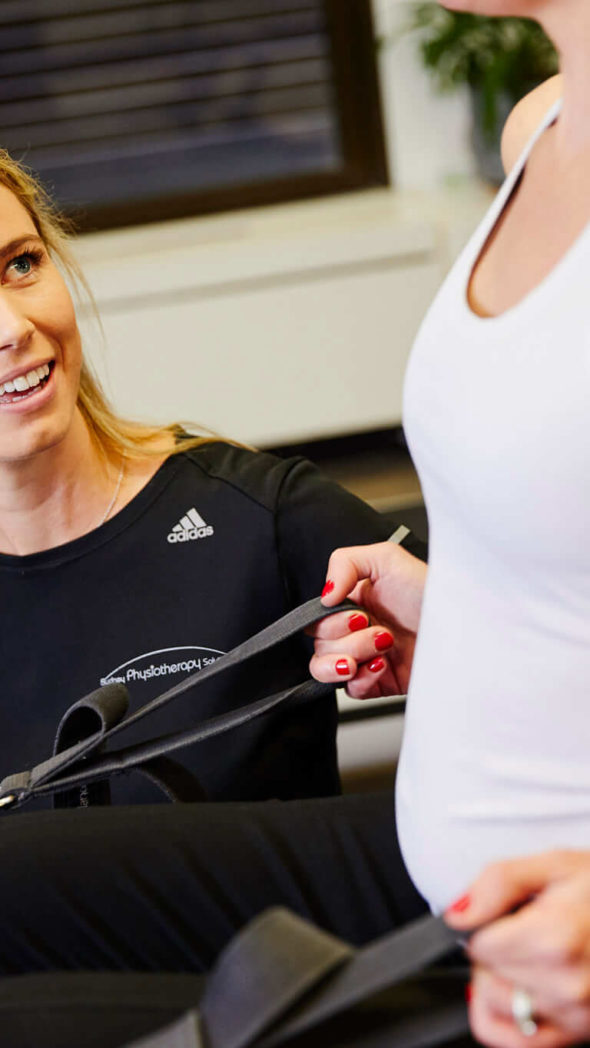
When it comes to improving physical health and well-being, the combination of Pilates and physiotherapy offers a powerful synergy. Pilates is a form of exercise that focuses on core strength, flexibility, and overall body awareness, while physiotherapy utilizes movement and manual therapy to alleviate pain and improve mobility. By integrating these two practices, individuals can enhance their strength, stability, and overall quality of life.
The Benefits of Pilates
Core Strength
- Pilates exercises target the deep muscles of the core, including the abdominals, obliques, and lower back.
- Improving core strength enhances stability, balance, and posture, reducing the risk of injuries.
Flexibility
- Pilates focuses on lengthening and stretching muscles, promoting flexibility and range of motion.
- Increased flexibility can improve joint mobility and reduce stiffness and discomfort.
Body Awareness
- Through Pilates, individuals develop a greater awareness of their body alignment and movement patterns.
- Enhanced body awareness can lead to improved posture, coordination, and overall movement efficiency.
The Role of Physiotherapy
Pain Management
- Physiotherapists use a variety of techniques, such as manual therapy and exercise prescription, to alleviate pain and discomfort.
- Targeted interventions can help reduce inflammation, improve circulation, and enhance tissue healing.
Improved Mobility
- Physiotherapy aims to restore and optimize movement patterns through targeted exercises and interventions.
- Enhancing mobility can help individuals perform daily activities with greater ease and efficiency.
Injury Prevention
- Physiotherapists assess movement patterns and biomechanics to identify and address areas of weakness or instability.
- By addressing underlying issues, physiotherapy can help prevent injuries and enhance overall physical resilience.
The Pilates-Physiotherapy Connection
Complementary Approaches
- Both Pilates and physiotherapy emphasize the importance of movement quality and proper alignment.
- By integrating Pilates exercises into a physiotherapy treatment plan, individuals can enhance core strength, flexibility, and body awareness.
Individualized Care
- Physiotherapists can tailor Pilates exercises to address specific rehabilitation goals and functional needs.
- Customized programs can help individuals recover from injuries, manage chronic conditions, and improve overall physical function.
Long-Term Wellness
- Combining Pilates and physiotherapy promotes a holistic approach to health and wellness.
- By building strength, stability, and mobility, individuals can enhance their quality of life and reduce the risk of future injuries.
Conclusion
The integration of Pilates and physiotherapy offers a comprehensive approach to building strength and stability. By combining the core-focused exercises of Pilates with the targeted interventions of physiotherapy, individuals can improve their physical well-being, reduce pain, and enhance overall function. Whether recovering from an injury, managing a chronic condition, or simply looking to optimize movement and performance, the Pilates-physiotherapy connection provides a powerful path to long-term wellness.